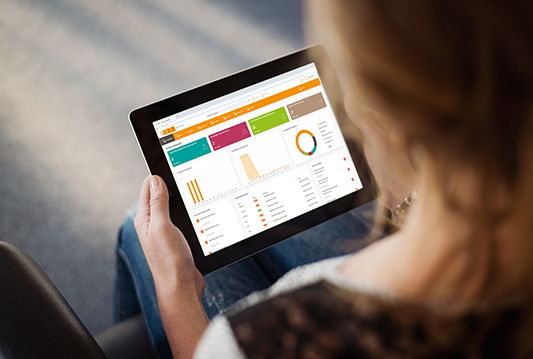
Secretaries' Day: handling sensitive information securely
On the third Thursday of April, we celebrate National Secretary's Day. This is a day on which we reflect on...
Working from home has now become quite normal. While some organisations already work (almost) entirely digitally, others are still heavily dependent on paper or other limiting factors when it comes to place independent working and information management. Digital or not: organisations often lack a good system in which documents, files, photographs, audio/video recordings (and you name it) are archived in a safe and efficient manner.
There is often a central network drive where files are stored, which can only be accessed when your laptop is connected to the company network. We also have various systems, such as a CRM package or an ERP system in which information is stored. Outlook also archives important e-mails and attachments, not to mention the files that are often stored locally by employees in their own folder or on their own PC/laptop. Apart from the fact that the overview is completely lost in this way and important documents cannot/must not be found and are lost, it also fails to comply with laws and regulations and the bulk of data continues to grow.
The importance of a digital archive is great; a well-organized, safe and user-friendly digital archive, that is. Which functionalities are important for this, among other things?
Not only searching for and being able to find the right documents in the right place is a reason to switch to a digital archive. There are various reasons to archive digitally and to use a solid system for this purpose. Managing and archiving documents in accordance with legislation and regulations is one of them. Partly due to the GDPR, this point will also become increasingly important. Another reason is the dismantling of the old DMS system, which is often very expensive and does not offer sufficient possibilities to apply a thorough retention policy to it. With a digital archive, such as AIR, you can reduce costs and add Records Management functionalities to complete the archiving circle.
Setting up an electronic archive properly starts with defining the types of documents that are used in your organisation. A retention must be linked to this. By recording this in an archive plan, you lay the foundation for digital archiving. Archive-IT can support you in this process, contact us or request a free demo.
